Japanese self-taught architect, best known for his minimalist concrete buildings, Tadao Ando is one of the most renowned contemporary Japanese architects. Active natural elements, like sun, rain, and wind are a distinctive inclusion to his contemporary style.
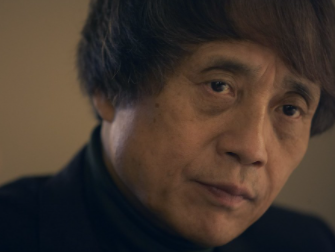
image source: https://blog.miragestudio7.com/tadao-ando-official-website/106/ by 準建築人手札網站 Forgemind ArchiMedia
About his life
Ando Tadao, (born September 13, 1941, Ōsaka, Japan), one of Japan’s leading contemporary architects. He is best known for his minimalist concrete buildings.
Ando had various careers, including professional boxer, before he became a self-taught architect and opened his own practice in Ōsaka in 1969. In the 1970s and ’80s, he executed a series of mostly small-scale, often residential buildings in Japan such as the Azuma House (1975–76) in Ōsaka and the Koshino House (1979–81) in Ashiya. In these early commissions, he used beautifully detailed reinforced concretewalls, a form that gave his buildings a massive, minimalist appearance and simple, contemplative interior spaces.
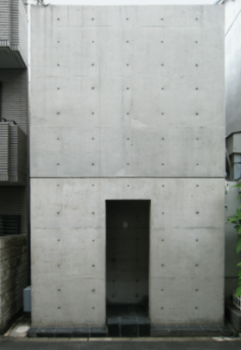
image source: https://search.creativecommons.org/photos/9e583da5-8d0d-4f04-9a87-b7af6170f0a9 by Oiuysdfg
What are the main features of Ando’s style?
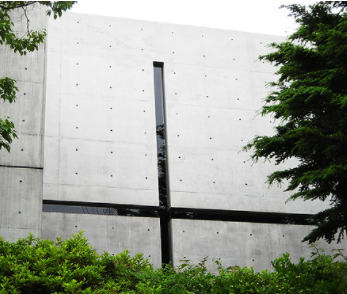
image source: https://search.creativecommons.org/photos/e9aa495d-5cb8-416c-85e7-1e027fc0bddc by antjeverena
Ando was raised in Japan where the religion and style of life strongly influenced his architecture and design
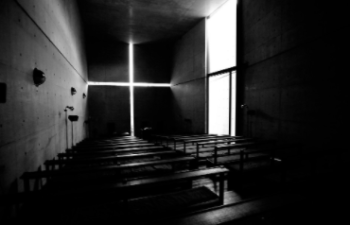
images source: https://search.creativecommons.org/photos/2164277c-b58e-438b-96e1-1f1e25937b52 by mith17
Ando’s architectural style is said to create a “haiku” effect, emphasizing nothingness and empty space to represent the beauty of simplicity. He favors designing complex (yet beautifully simple) spatial circulation while maintaining the appearance of simplicity. A self-taught architect, he keeps his Japanese culture and language in mind while he travels around Europe for research.
The simplicity of his architecture emphasizes the concept of sensation and physical experiences, mainly influenced by Japanese culture. The religious term Zen, focuses on the concept of simplicity and concentrates on inner feeling rather than outward appearance. Zen influences vividly show in Ando’s work and became its distinguishing mark.
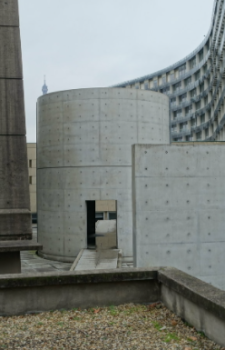
image source:https://search.creativecommons.org/photos/c6e81bc9-c680-488f-b17e-e87ae180b891 by *_*
In order to practice the idea of simplicity, Ando’s architecture is mostly constructed with concrete, providing a sense of cleanliness and weightlessness (even though concrete is a heavy material) at the same time. Due to the simplicity of the exterior, construction, and organization of the space are relatively potential in order to represent the aesthetic of sensation.
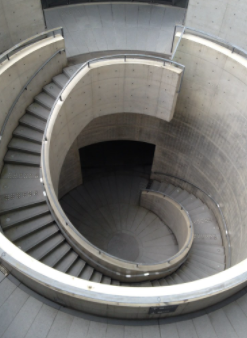
image source:https://search.creativecommons.org/photos/111282eb-9e70-4cc0-bcf1-95a33f37349d by Yuya Tamai
What are his most famous works?
- Tomishima House, Osaka
- Row House/Azuma House
- Koshino House
- Time’s 1 & II
- Church of Light
- Rokko Housing
- Japanese Pavilion for Expo 92
- Vitra Seminar House
- Meditation Space, UNESCO
- Modern Art Museum of Fort Worth
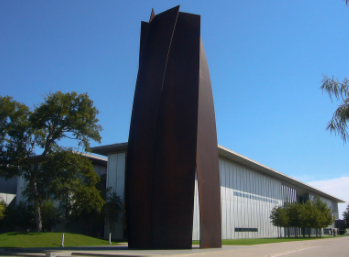
image source: https://search.creativecommons.org/photos/21cd32eb-69b9-45d6-afe7-c8c654652b71 by Kent Wang
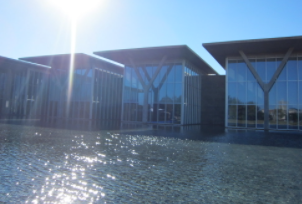
image source: https://search.creativecommons.org/photos/62ea8f16-479f-4759-a5c1-e02ddd9e6e28 by allisonmeier
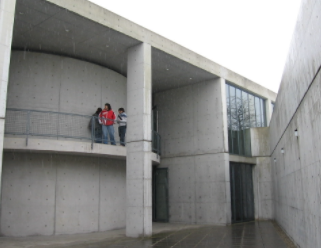
image source: https://search.creativecommons.org/photos/ba49f12e-2ef8-4c45-bcb0-2645597761a4 by RowenaOscura
info source:

Comments are closed.